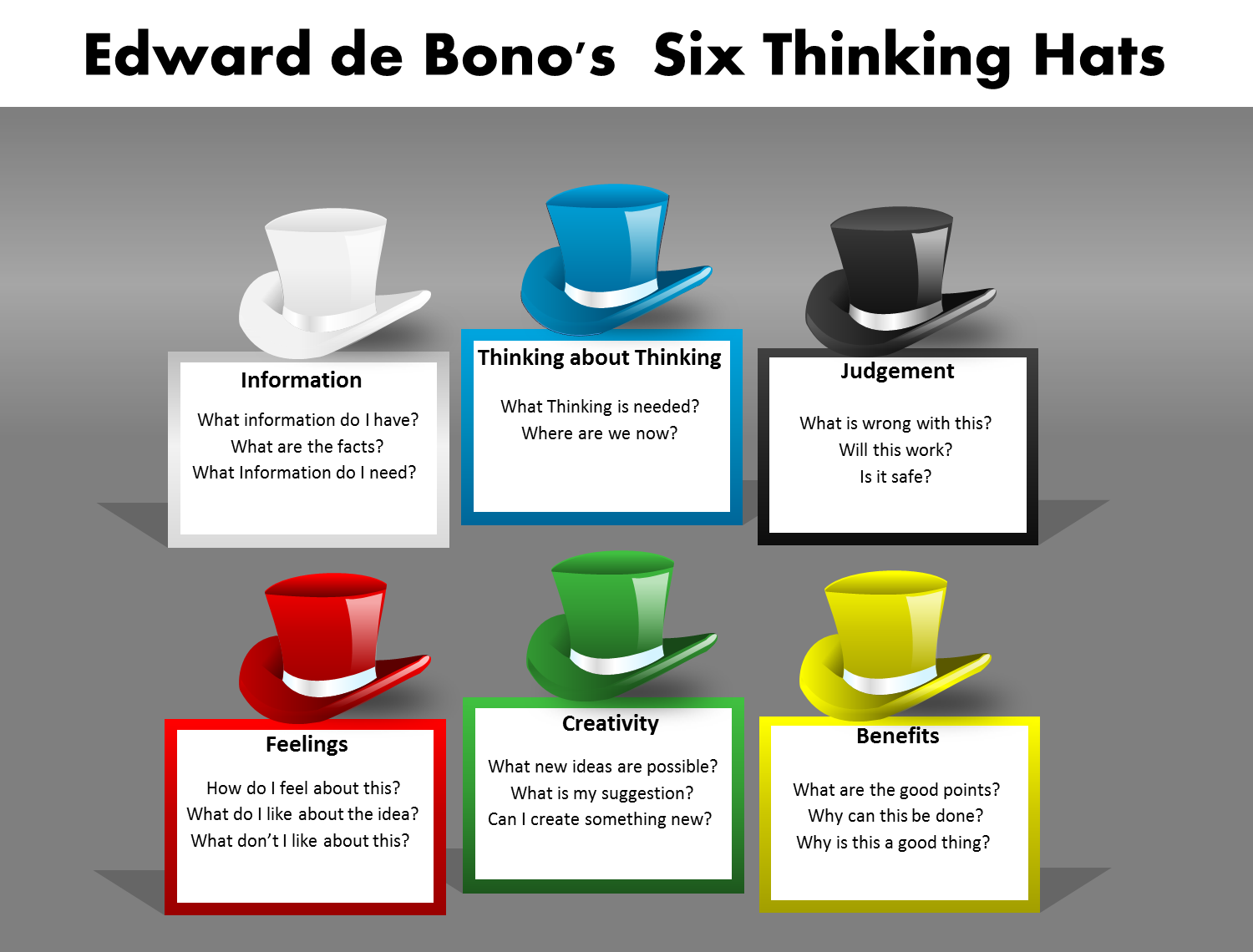Recently, I wrote about a special set of binoculars that help us do a better job of seeing eye to eye.
Here's a link to that article

Now, here's a fact: anyone can give a damn about other people in business. Even folks with brutal track records can do it. I know...from personal experience. But, that message and the tirade in its wake must wait for another day.
Today, I want to write about one simple tool that will help people who want to give a damn about other people but have never been taught how to do it. The tool is one of many created by Edward de Bono. Edward de Bono is one of the world's leading creative thinkers. He has designed numerous tools to teach people how to think creatively and how to make better decisions. To be more candid: Edward de Bono is one of my heroes...a beyond-gifted brain, a straight-up writer, a prolific writer, an inventor, a student of the brain, and one of the world's greatest thinking-teachers.
These de Bono tools can be put to use by people who want to learn how to listen better and understand other people at their workplace. They can be used by people who want to give a damn about others and are prepared to dedicate attention to learning how to get that done.
The starting point for appreciating the differences in others and better-understanding others is learning how to shift the way we look at and think about others. The shift happens in our brains - it's a pre-frontal cortex thing - and we are at the controls. We alone can exercise our brainpower and make thinking-shifts happen.
We can choose the perspective we will use [rather than simply accepting the thoughts that arise in our brain through habits].
We can do even better than that.
We can choose multiple perspectives and use all of them [rather than simply accepting the thoughts that arise in our brain through habits] .
Here's an example of how we can select and use perspective-paradigms: Edward de Bono's 'Six Thinking Hats'.
"Six Thinking Hats" is one of my favourite de Bono thinking tools. It is easy to understand and easy to use. You 'put on a hat' and allow it to govern the way you think while you are wearing it. You put on hat after hat as you consider a problem, or a person's actions, or a decision, or a situation. You wear one hat at a time, looking at the problem/actions/decision/situation from that hat's perspective.
This is a simple way to get out of a thinking rut...and it is a great way to make sure you don't get into thinking ruts.
Here's the picture...

Links to other articles about Edward de Bono